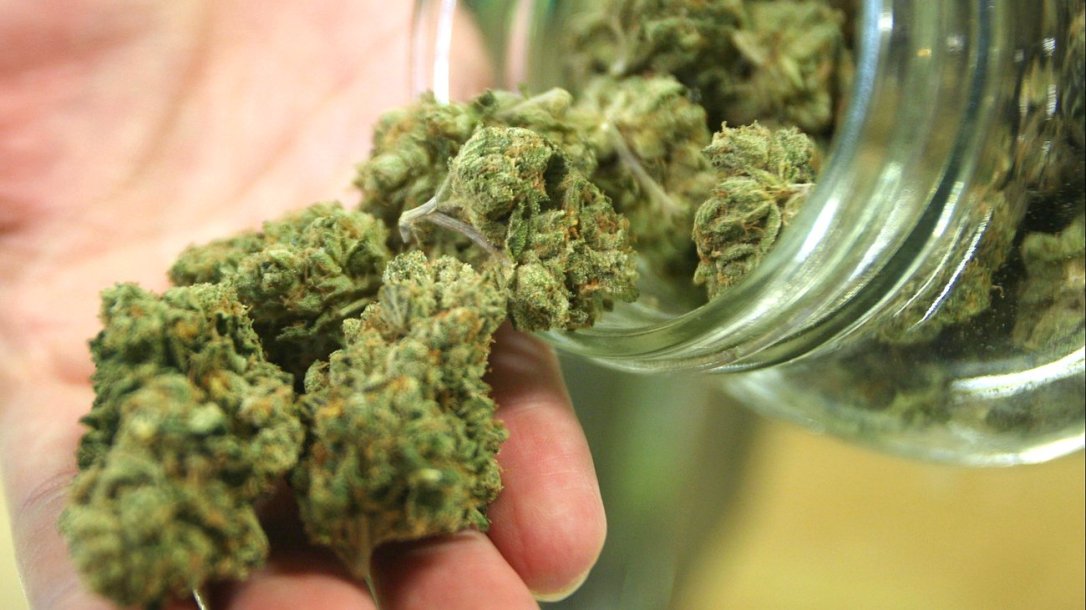The word cannabis is employed freely here to represent cannabis and marijuana, the latter being procured from an alternative part of the plant. Over 100 chemical substances are present in weed, each perhaps providing varying benefits or risk.
An individual who is “stoned” on smoking pot might knowledge a euphoric state wherever time is irrelevant, audio and colors take on a better significance and anyone may purchase the “nibblies”, looking to consume sweet and fatty foods. This is frequently associated with impaired generator abilities and perception. When large blood concentrations are achieved, weird ideas, hallucinations and panic problems might characterize his “journey “.
In the vernacular, weed is frequently characterized as “great shit” and “poor shit”, alluding to popular contamination practice. The toxins may possibly come from soil quality (eg pesticides & major metals) or added subsequently. Often contaminants of cause or tiny beads of glass augment the fat sold Buy Smart Carts in usa.
A random choice of healing consequences seems here in context of the evidence status. A number of the consequences will be shown as helpful, while others hold risk. Some consequences are hardly notable from the placebos of the research. Cannabis in treating epilepsy is inconclusive on bill of insufficient evidence.
Vomiting and sickness caused by chemotherapy can be ameliorated by dental cannabis. A reduction in the intensity of pain in individuals with chronic pain is just a likely result for the usage of cannabis. Spasticity in Numerous Sclerosis (MS) individuals was described as changes in symptoms. Escalation in hunger and decrease in weight loss in HIV/ADS people has been shown in restricted evidence. Based on limited evidence pot is useless in the treating glaucoma.
On the foundation of restricted evidence, marijuana works well in treating Tourette syndrome. Post-traumatic condition has been served by pot within a noted trial. Confined statistical evidence factors to higher outcomes for traumatic brain injury. There is insufficient evidence to declare that cannabis can help Parkinson’s disease. Limited evidence dashed hopes that cannabis could help enhance the outward indications of dementia sufferers. Limited mathematical evidence is found to aid an association between smoking cannabis and center attack.
The evidence for paid off danger of metabolic problems (diabetes etc) is bound and statistical. Cultural nervousness problems can be served by pot, although the evidence is limited. Asthma and marijuana use is not well supported by the evidence either for or against. Post-traumatic disorder has been helped by marijuana in one single described trial. A conclusion that cannabis can help schizophrenia victims can not be supported or refuted on the basis of the limited nature of the evidence.
There’s average evidence that better short-term sleep outcomes for disturbed sleep individuals. Maternity and smoking weed are correlated with paid down start weight of the infant. The evidence for stroke due to weed use is restricted and statistical. Addiction to weed and gate way issues are complicated, considering many factors which can be beyond the scope with this article. These issues are fully discussed in the NAP report.
The NAP record shows the following conclusions on the issue of cancer: The evidence implies that smoking weed does not improve the risk for many cancers (i.e., lung, mind and neck) in adults. There’s moderate evidence that marijuana use is associated with one subtype of testicular cancer. There is small evidence that parental marijuana use throughout maternity is associated with greater cancer risk in offspring.
Smoking pot on a typical base is connected with serious cough and phlegm production. Quitting pot smoking probably will lower serious cough and phlegm production. It’s cloudy whether pot use is associated with serious obstructive pulmonary disorder, asthma, or worsened lung function.
The NAP record highlights the next studies on the matter of the individual defense mechanisms: There exists a paucity of information on the consequences of marijuana or cannabinoid-based therapeutics on the human immune system. There’s insufficient information to draw overarching conclusions regarding the results of pot smoke or cannabinoids on immune competence. There’s restricted evidence to claim that normal experience of weed smoke could have anti-inflammatory activity. There is inadequate evidence to guide or refute a statistical association between weed or cannabinoid use and negative effects on immune status in individuals with HIV.
